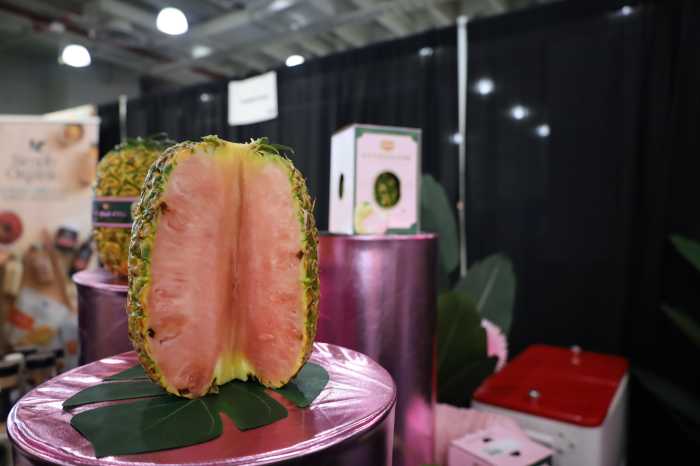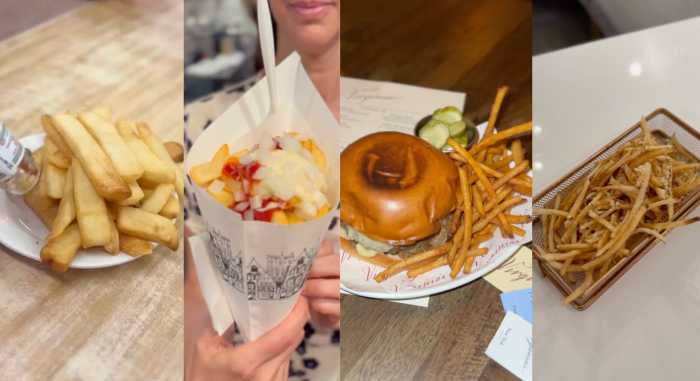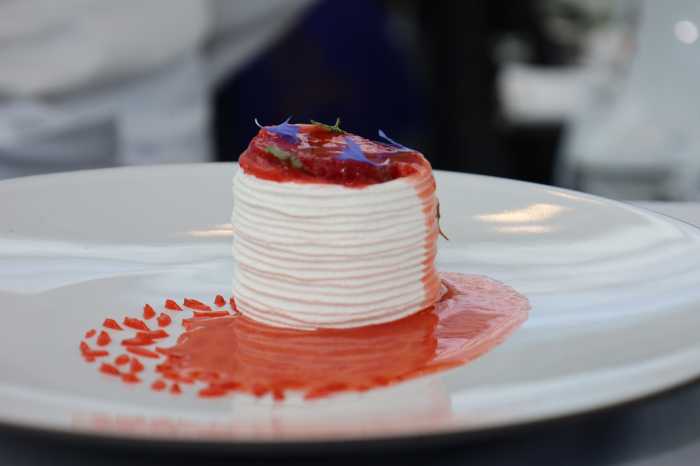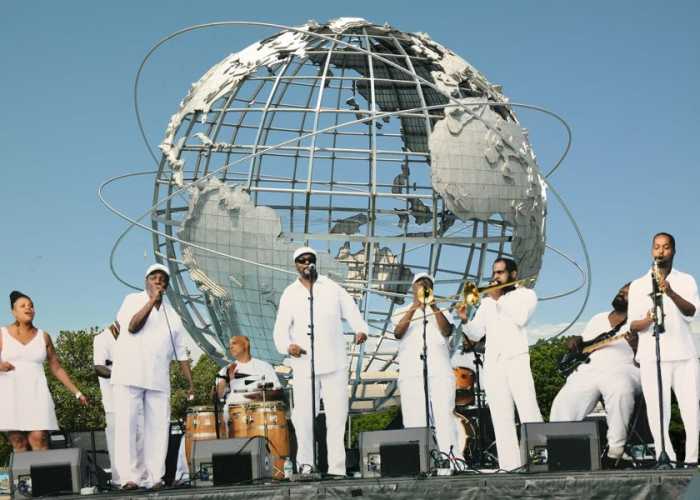
Staten Island is known for many things, not all of them positive: devastation after superstorm Sandy, the island’s history as a landfill, an expensive toll to get there. But a small contingency on the north shore is trying to rebrand the oft-overlooked borough into a foodie destination.
Snug Harbor Cultural Center and its Heritage Farm is an 83-acre gated enclave hidden among Staten Island’s more urban North Shore, perhaps an unlikely place for a fully working farm to be growing black kale and fresh mint and harvesting honey from on-site bees.
Surrounded by neighborhoods like Tompkinsville and New Brighton, the farm, in its third harvest, is now starting to focus on drawing tourists in from the Staten Island Ferry, less than two miles away.
“I think we have this amazing resource here,” Snug Harbor’s President and CEO Lynn Kelly said. “What we’ve been saying is how much Staten Island is changing — the waterfront, the development, the perceptions about Staten Island. We’re happy to be the anchor to a lot of that.”
Snug Harbor started as a sanctuary for worn-out sailors in 1801. But by the turn of the 20th century, it had grown into a working farm, dairy and bakery with an on-site chapel, sanatorium, hospital, music hall and cemetery.
By the 1950s it had fallen into disrepair and several of its buildings were torn down. In the 1970s, however, the center got an infusion of cash, due in part to publicity generated by Jacqueline Onassis after her July 1976 visit, according to The New York Preservation Archive Project.
Now in its third harvest season, Kelly said Snug Harbor starting to ramp up its efforts to rebrand itself. On a recent Tuesday evening, a dozen chefs from restaurants throughout Brooklyn and Staten Island set up tables in the center’s Upper Great Hall, charging guests $95 per person in their first-ever “Farm to Fork” event.
And there will be more, Kelly said.
“Staten Island is definitely ripe for change,” said Jonathan Wilson, 38, the farm’s manager. “One thing that seems like folks are quietly demanding is a new food culture in Staten Island. That’s what I sense.”
Heritage Farm isn’t the city’s only working/teaching farm. The Queens County Farm Museum draws big crowds on sunny weekends and the one-acre Urban Farm on Randall’s Island teaches kids how their food is grown through a hands-on outdoor kitchen and garden programs.
About an hour north is the famed Stone Barns Center for Food and Agriculture, a working farm with walking tours and events as well as a renowned farm-to-table restaurant.
Kelly said Snug Harbor is trying to make all that available and just a bit closer. While there is no on-site restaurant, the center does have a concession stand, which will feature produce from Heritage Farm in the spring, she said. There is also a catering hall.
“Frankly, everyone in New York is looking for the next big thing and the new experience,” Kelly said. “We are a destination. Snug Harbor, you can get to in 20 minutes on a free ferry. You can come here from the city and you can explore all these things and you don’t have to get in a car.”
Snug Harbor has a bright future ahead of it, but there are a few issues to sort out first, said Cristyne Nicholas, former CEO of NYC & Company, the city’s official marketing organization.
“They face the challenge of transportation, that’s always the case with Staten Island,” said Nicholas, who is now the CEO of her own communications firm. “They face the challenge of not being as well known as some other destinations.”
The North Shore is growing quickly, with planned construction of the tallest observation wheel in the Western Hemisphere, a high-end outlet center and a hotel, according to the New York City Economic Development Corporation. Up until now Snug Harbor was alone, Nicholas said, but revitalizing an overlooked area doesn’t happen overnight.
“What Snug Harbor has is the ability to attract the locavore and the foodie movement that don’t think twice about traveling. If it’s good they’ll come,” she said. “I’m very optimistic that it’s going to be a success.”
At their “Farm to Fork” event, dishes like The Vanderbilt’s venison shepherd’s pie (with root vegetables from the farm) and Buttermilk Channel/French Louie’s profiteroles with anise hyssop and bronze fennel flower ice cream (featuring both the anise and fennel from Snug Harbor) showcased the versatility of the produce they are growing, said the head farmer, Wilson.
The people of Staten Island are clamoring for a food revolution, Wilson said, and he wants to help drive it.































